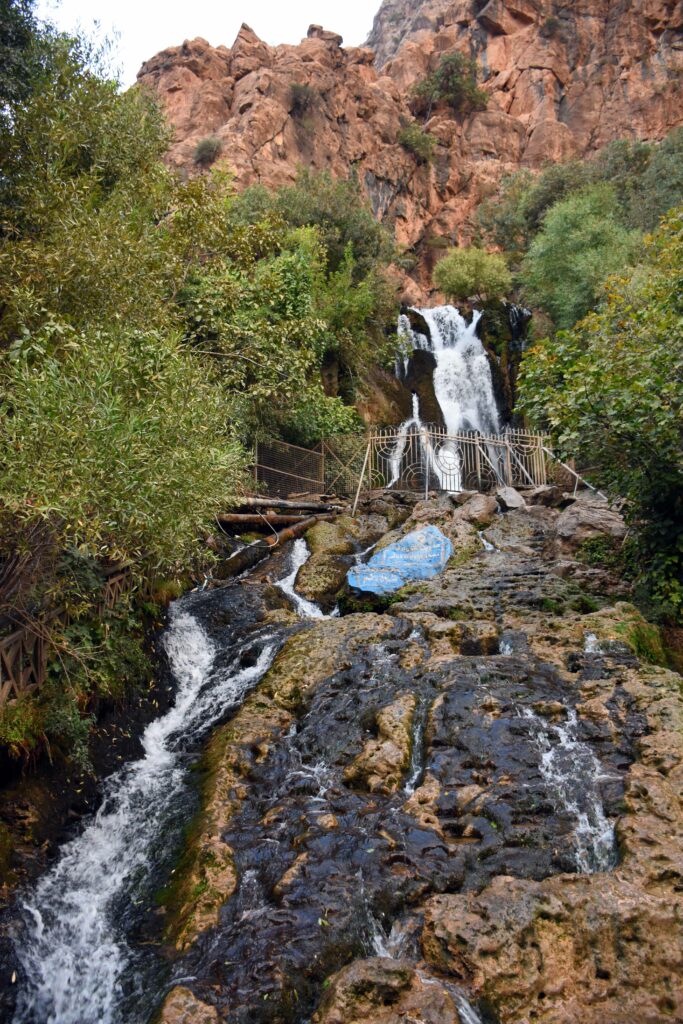The rain tumbles down from leaden skies as we arrive at the Red museum in Sulymani . It’s as if the heavens are reflecting the deep sorrows that we are about to experience here. Historically the poor Kurds have been the whipping boys of an assortment of countries but none more so than in Iraq, more recently with ISIS but then in the 1980s under the evil Saddam Hussein Baathist regime.
In Sulymani in 1983 Saddam’s reign of terror hit Sulymani. 182,000 people were killed, many buried alive, others imprisoned and tortured before their grisly demise. In total of 5000 villages 4500 were razed to the ground. The destruction was of epic proportions. As we walk into the entrance of the former jail turned museum the long corridor is illuminated with 4,500 little fairy lights in the ceiling one for each destroyed village. The walls are lined with 182,000 mirrored tiles one for each death. It is poignant and evocative.
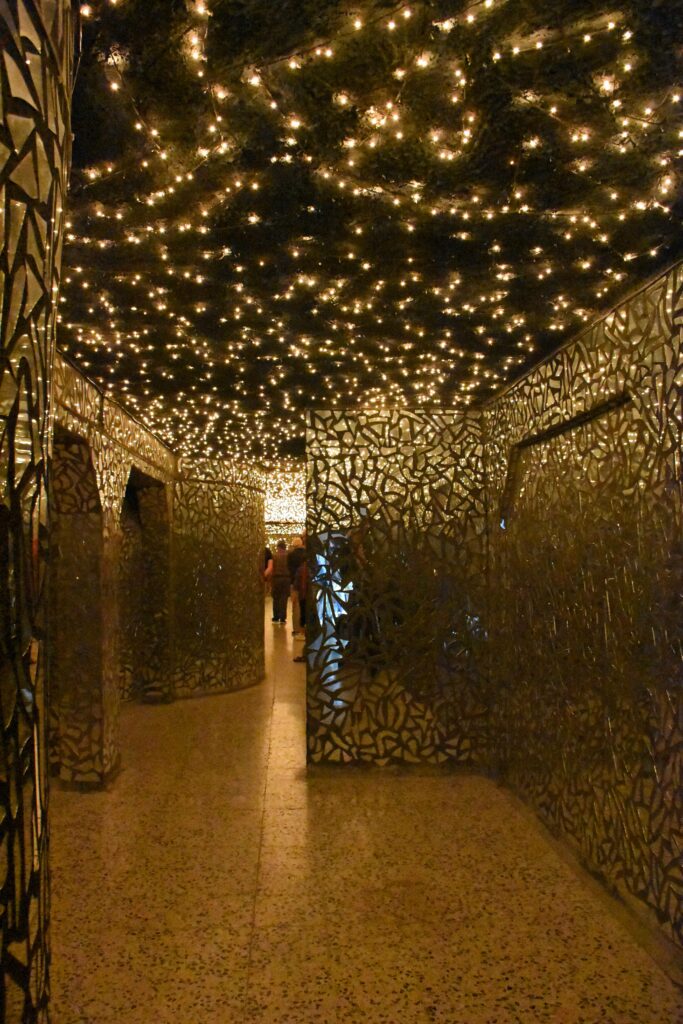
We spend 2 hours here, room after room of photos and exhibits. We visit prison cells, torture chambers set up with recreations of the torture. Our pretty young Kurdish guide, Haana, relates how her further was strung oup hanging from a beam while electrodes were placed on his penist to deliver electric shocks. When he eventually, somehow escaped he had no fingernails nor toenails removed as part of the torture. A short video clip showing the violent beating of prisoners is a bridge too far for me and I walk out with tears in my eyes.
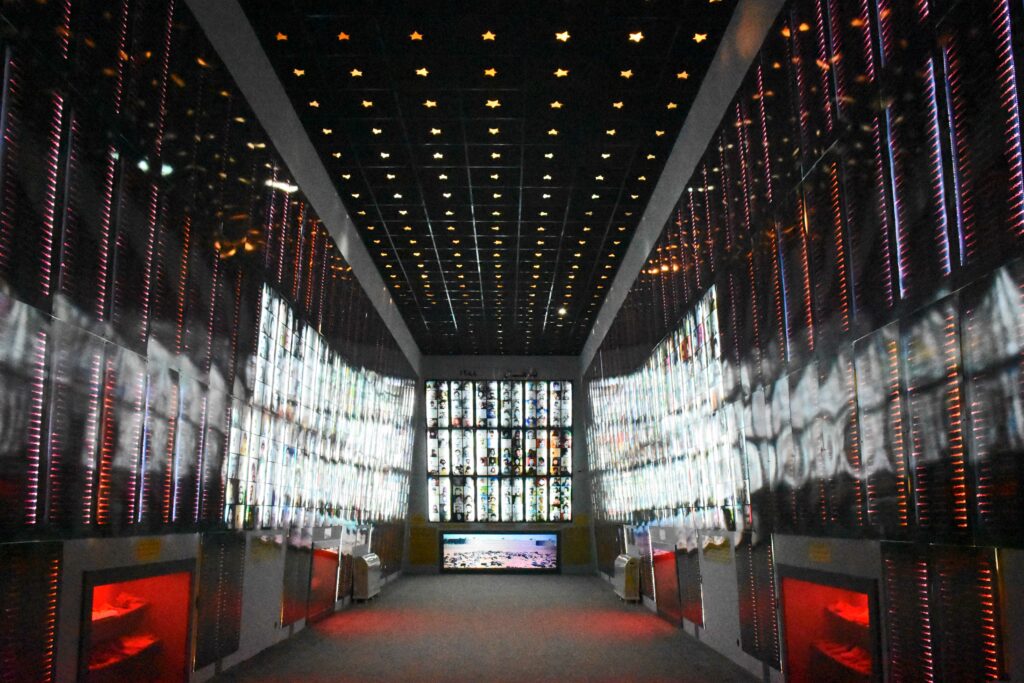
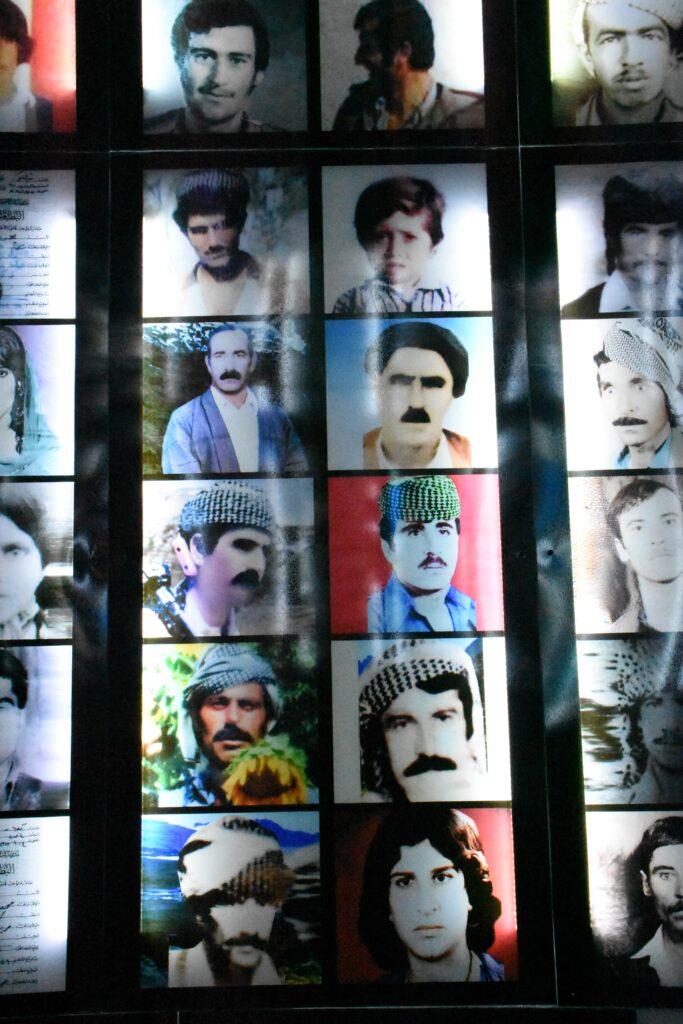
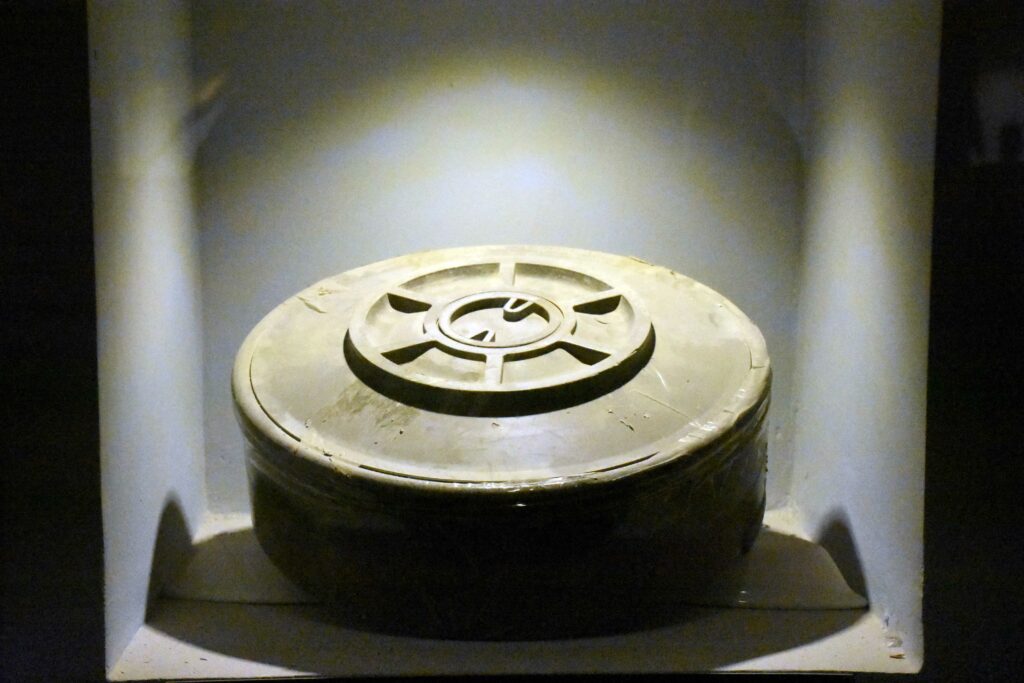
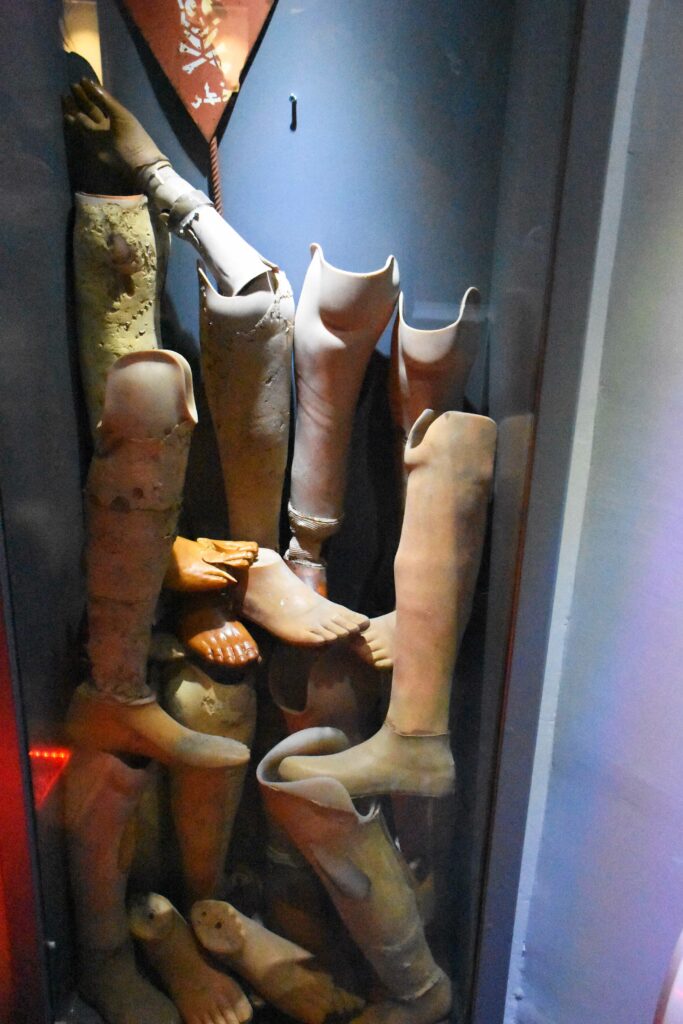
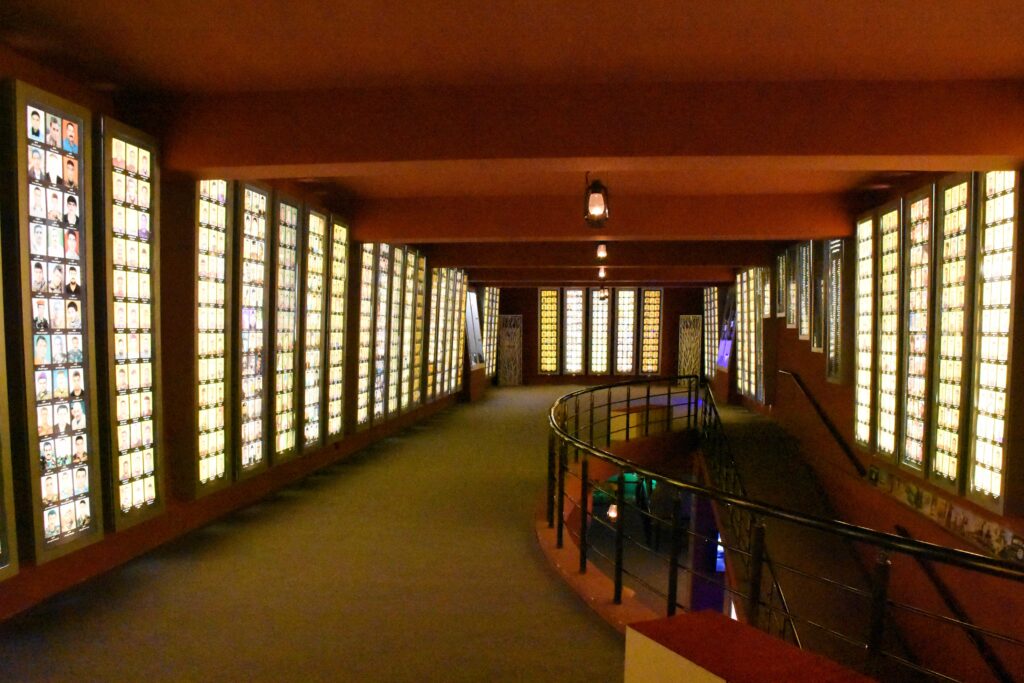
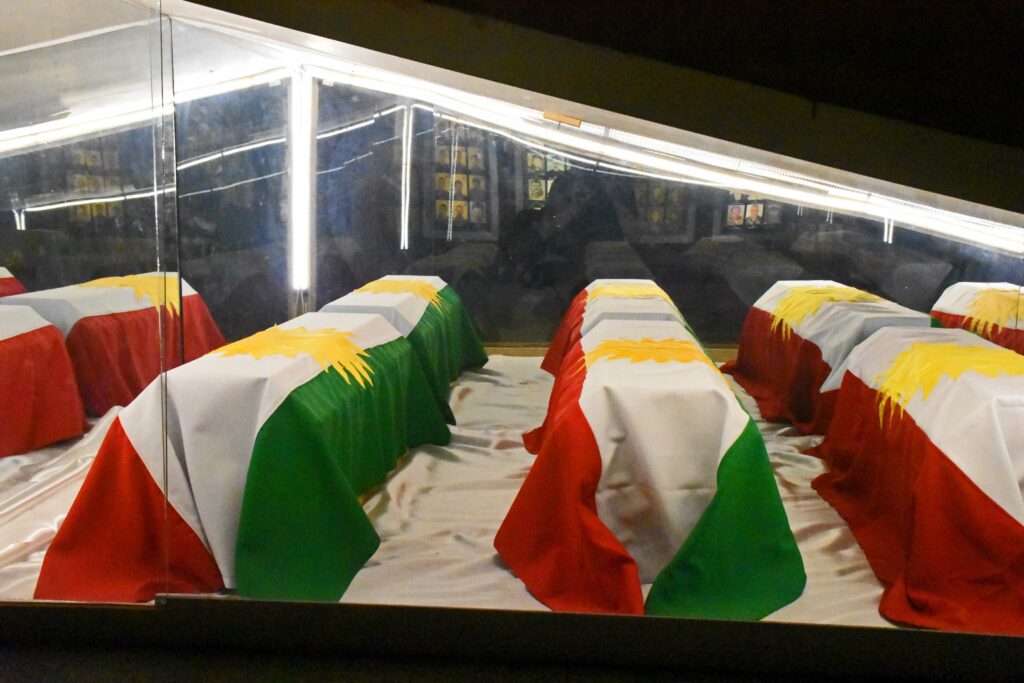
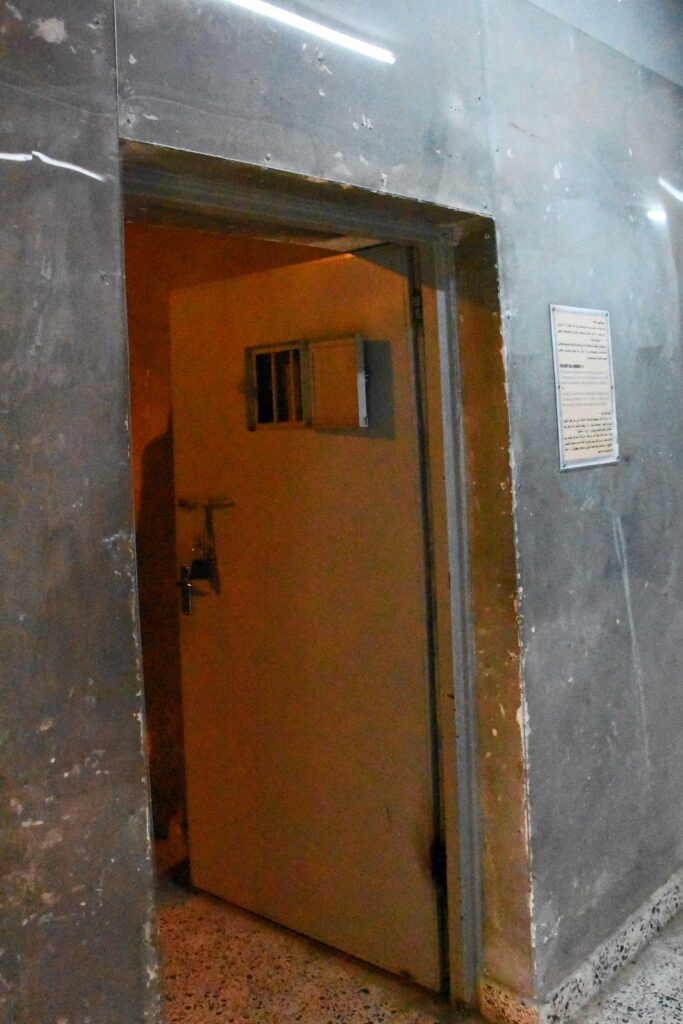
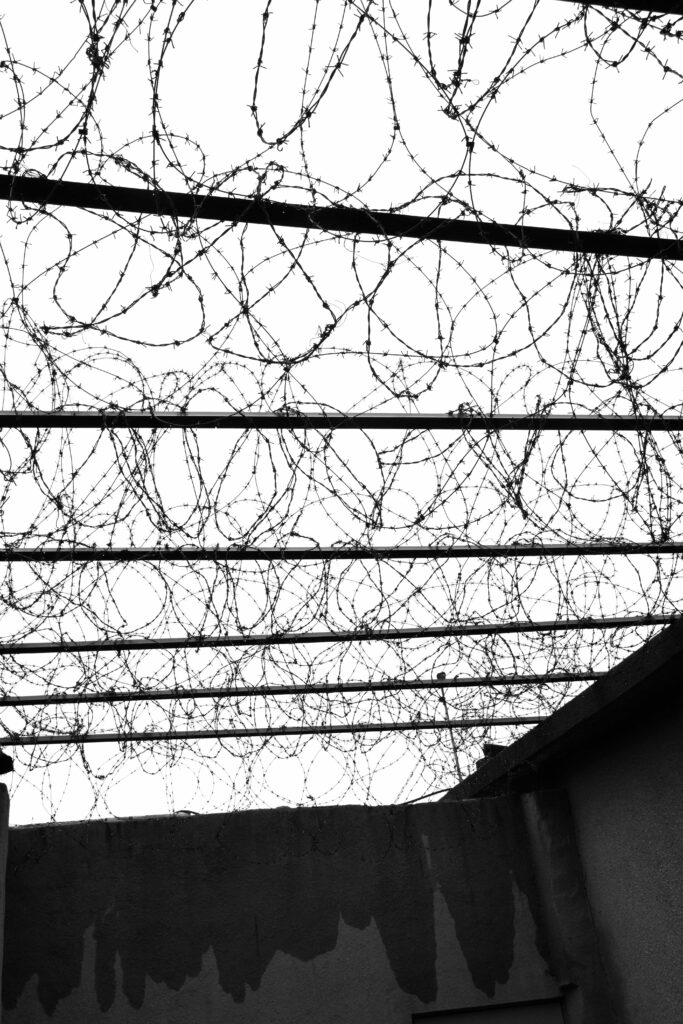
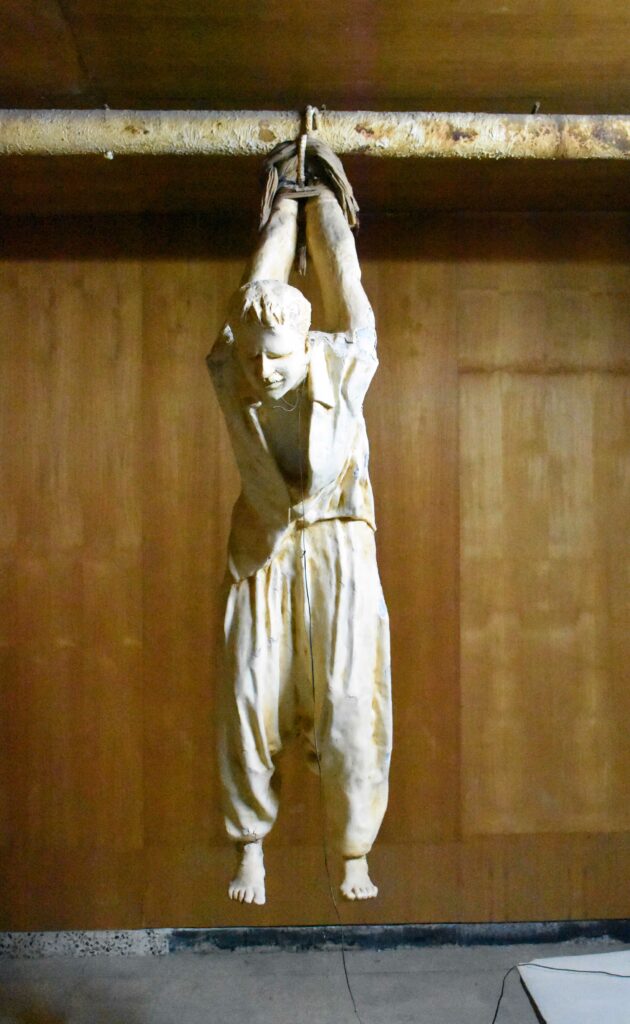
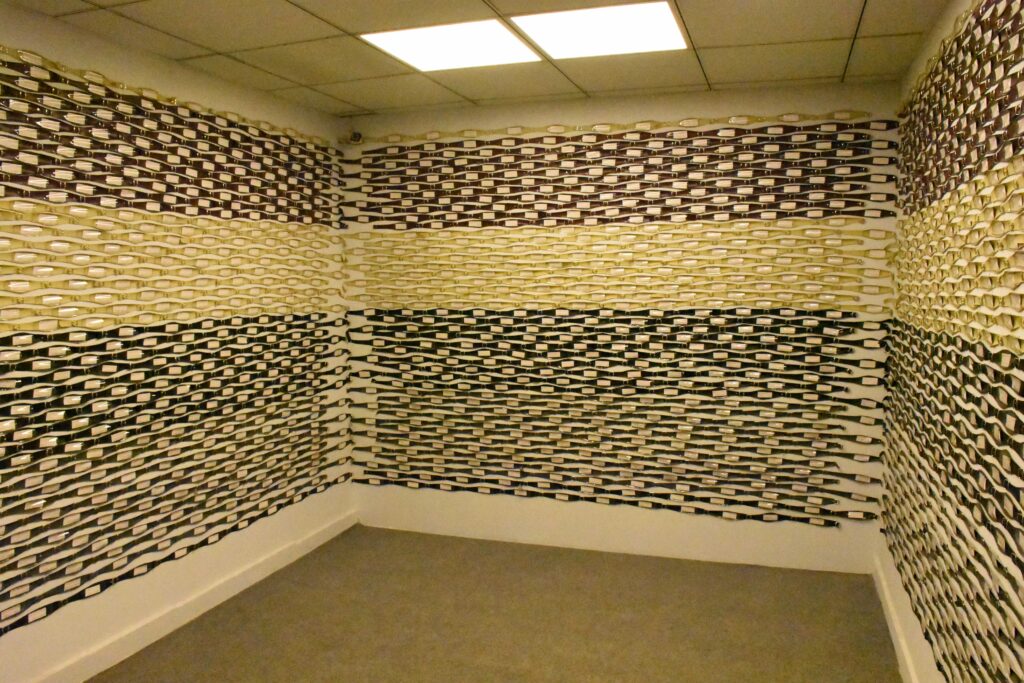
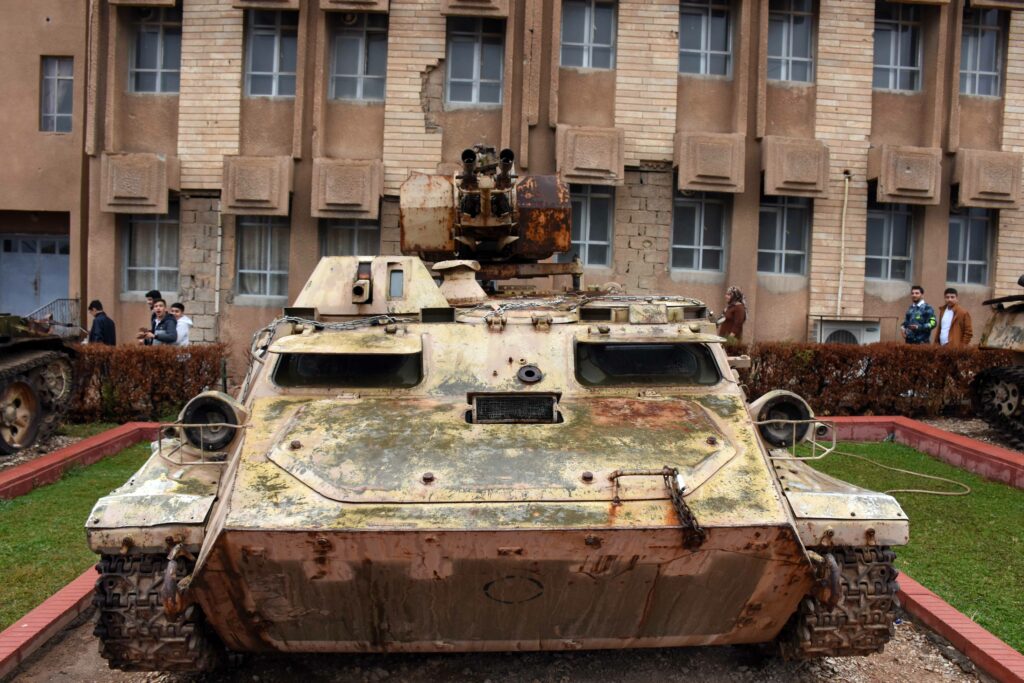
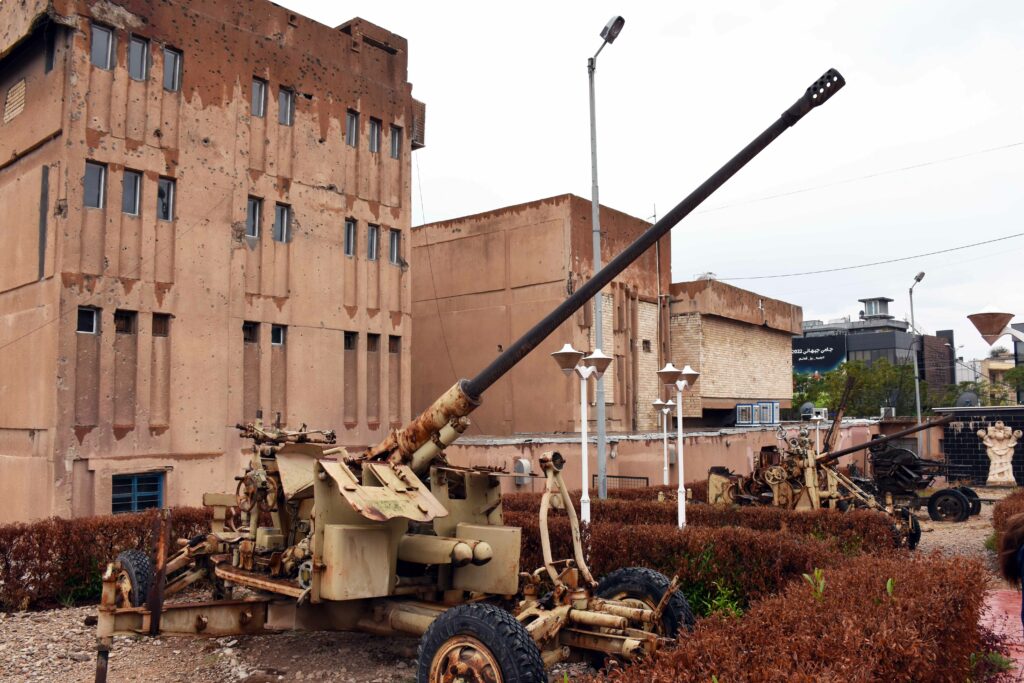
The rain continues and we visit another genocide site, Halabja. In 1988 Saddam struck again. Early in the morning of March 16 Iraqi airforce jets flew over this small townnear to the Iranian border. Apart from his hated Kurds there were stories of Iranian military infiltrating the area, double the incentive for attack. At first they pounded the town with conventional weapons to break windows and doors and force residents to hide in cellars. Then they released mustard gas, which being heavier than air sinks to the ground and any underground chambers right where their intended targets were hiding.Some 7000 people are believed to have died on the day another another 12000 for the after effects of the poisoning. There is a moving memorial there with a small museum and a commerative wall where the victims are listed.
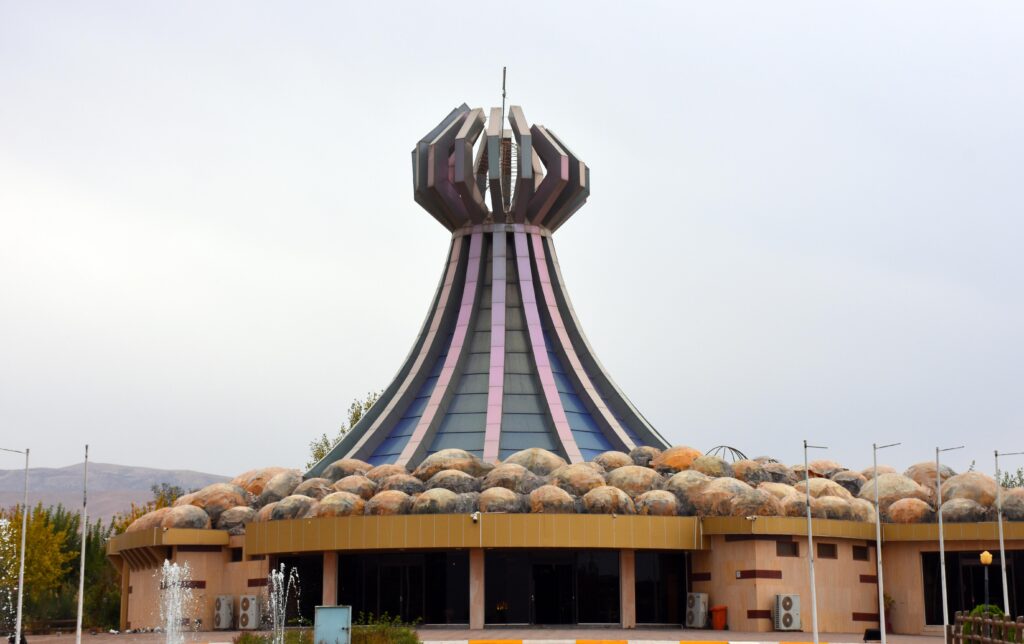
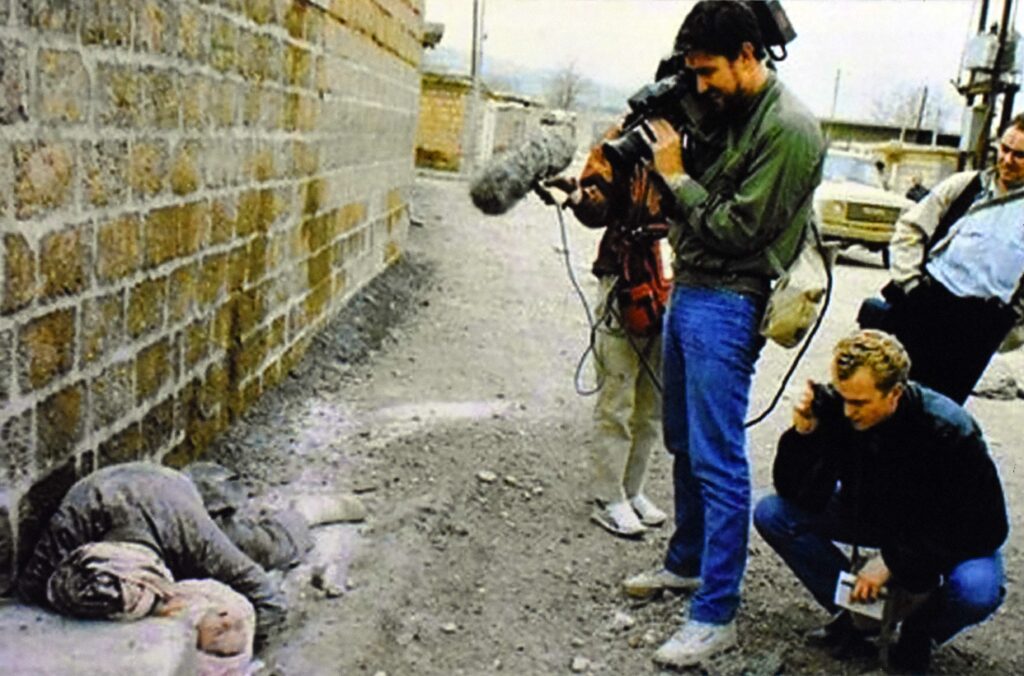
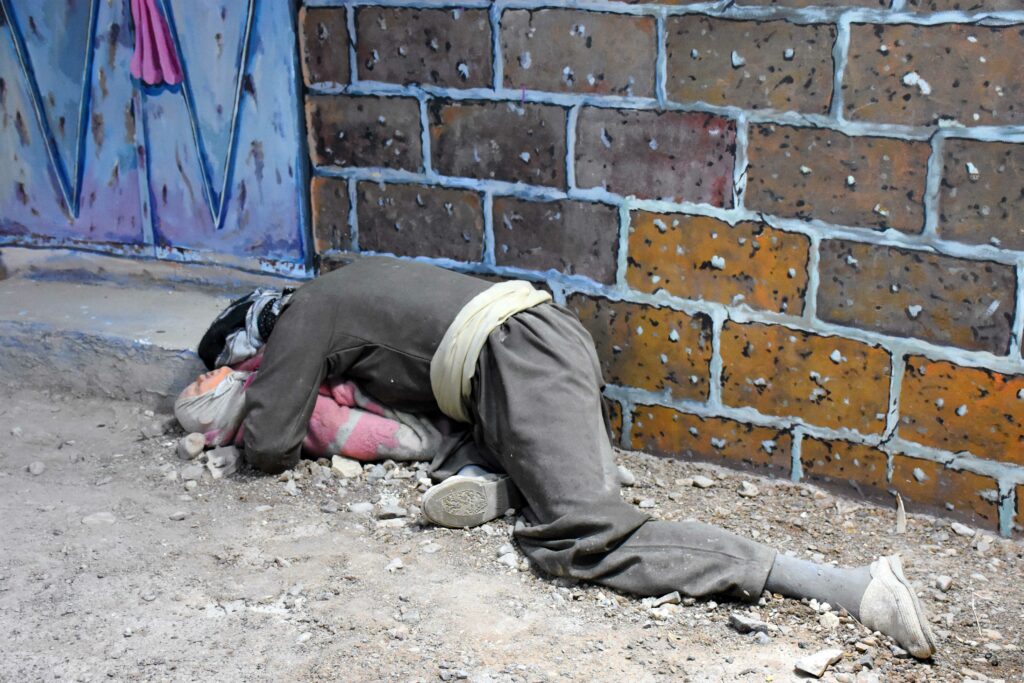
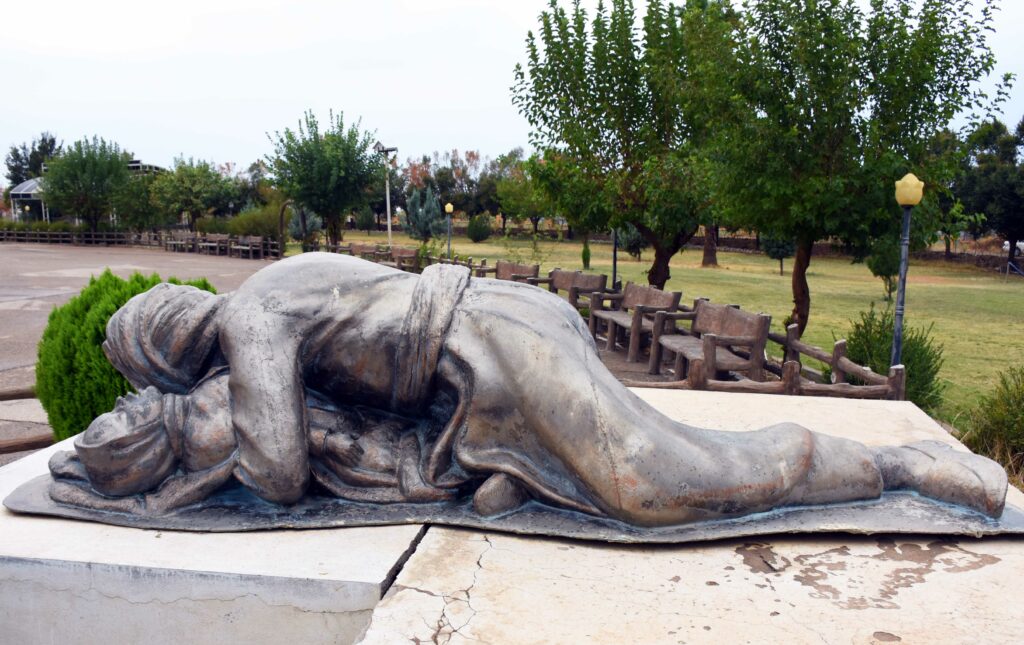
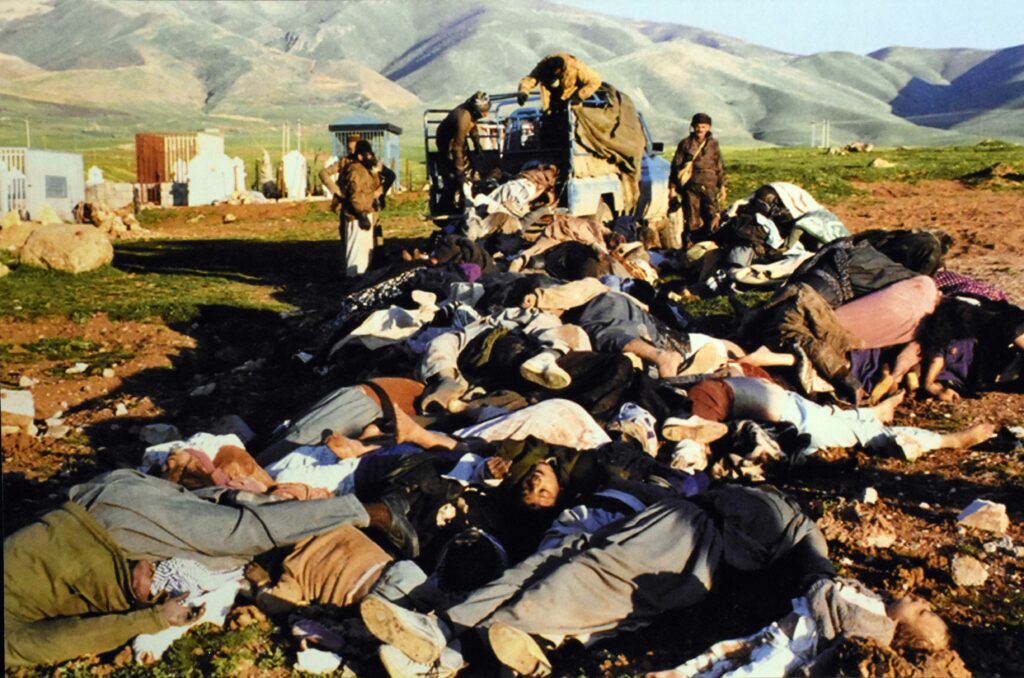
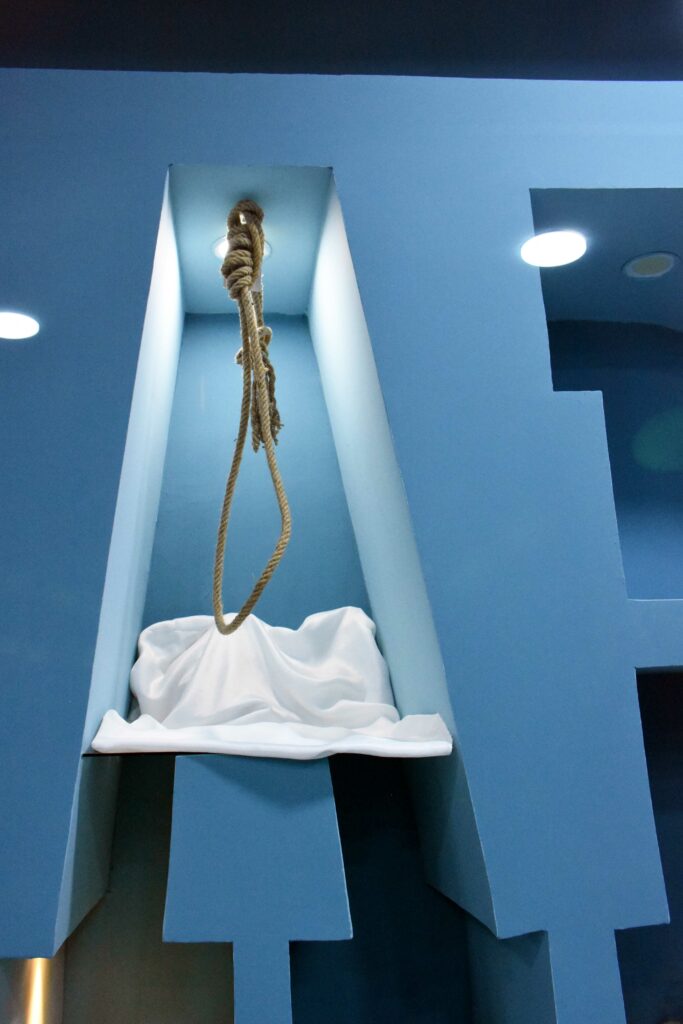
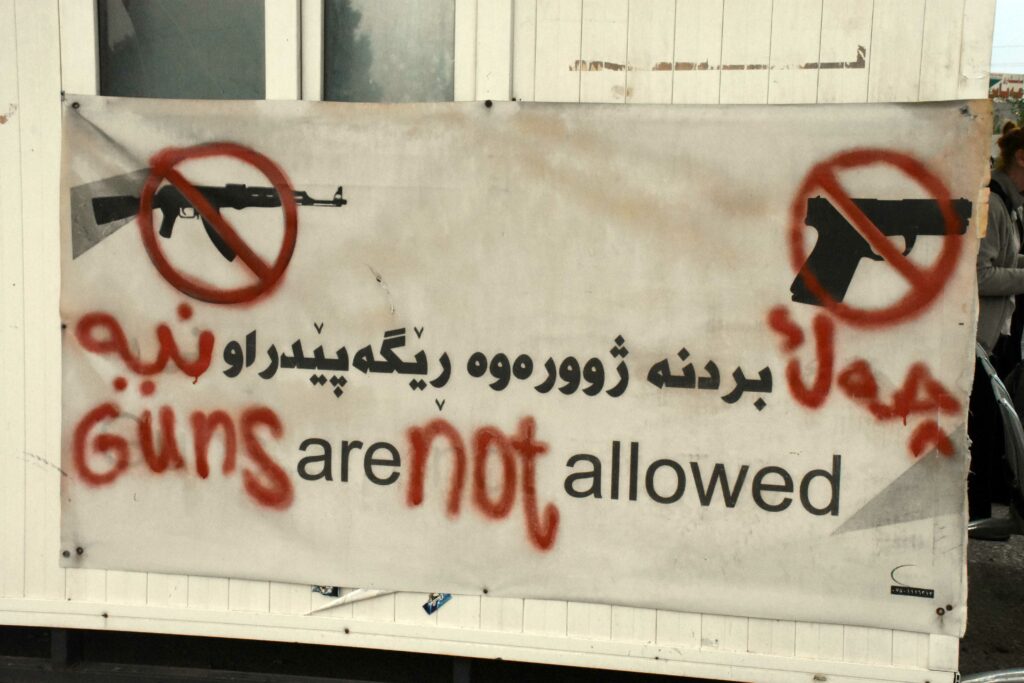
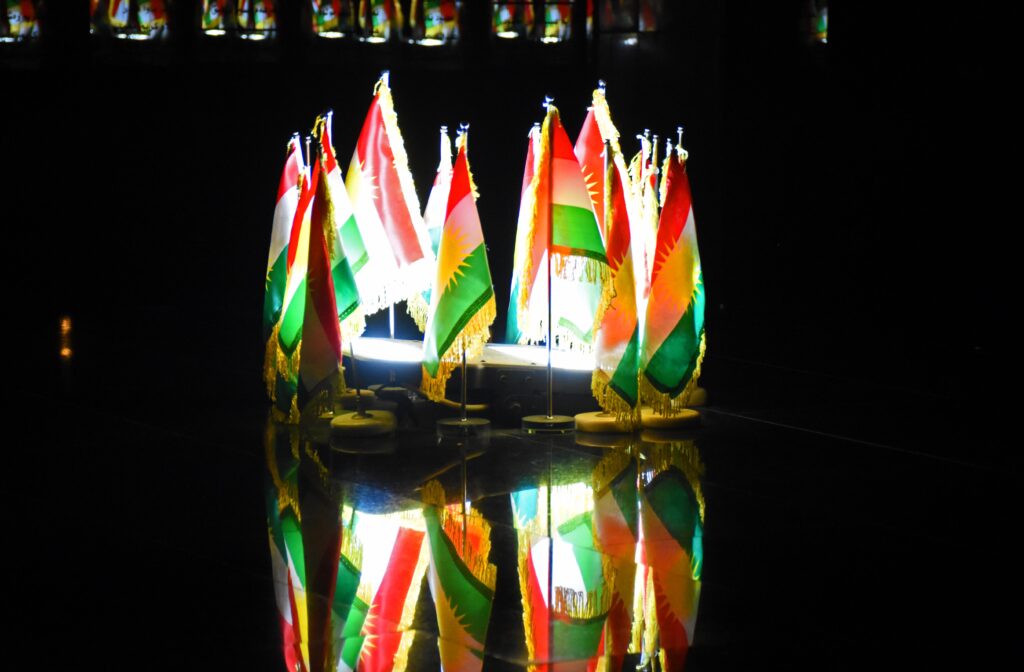
Filled with enough stories of the depths of depravity that men can sink to the afternoon concluded with a visit to the little tourist town of Byara which is right up against the border with Iran. The border here is quite porous as Kurds live on either side and have free movement. We take the steep walking track up the hill and a small acqueduct marks the border. There is no fence nor officials on either side and we take the obligatory border photos with one foot in each country.
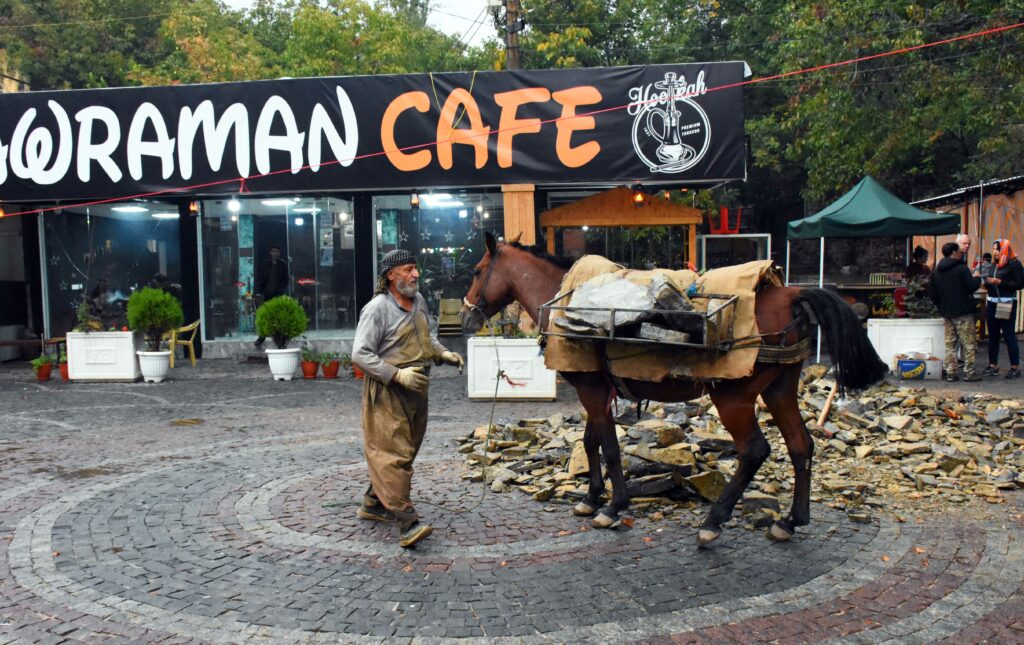
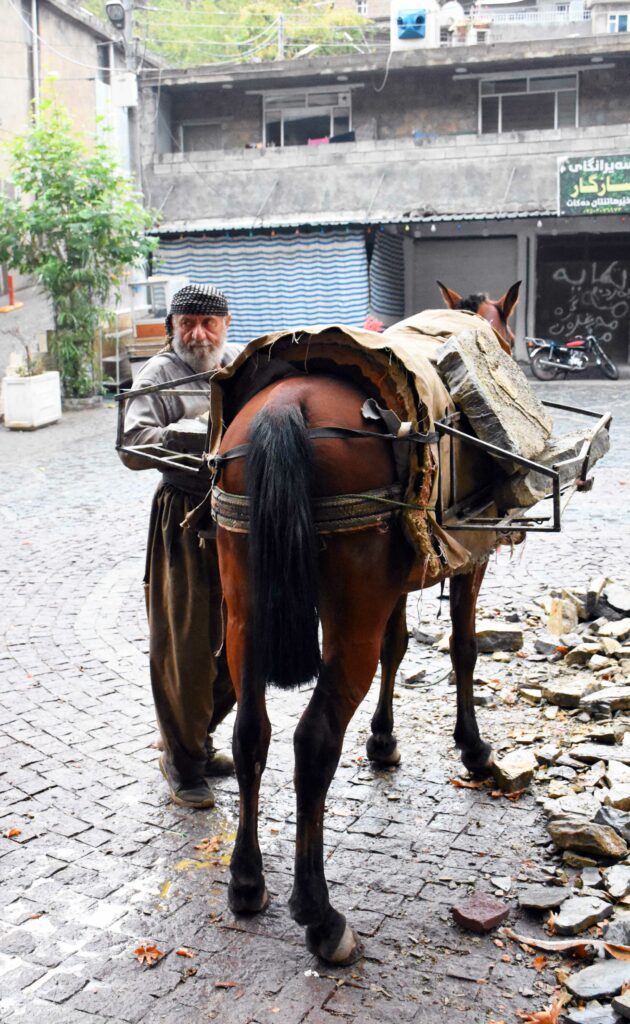
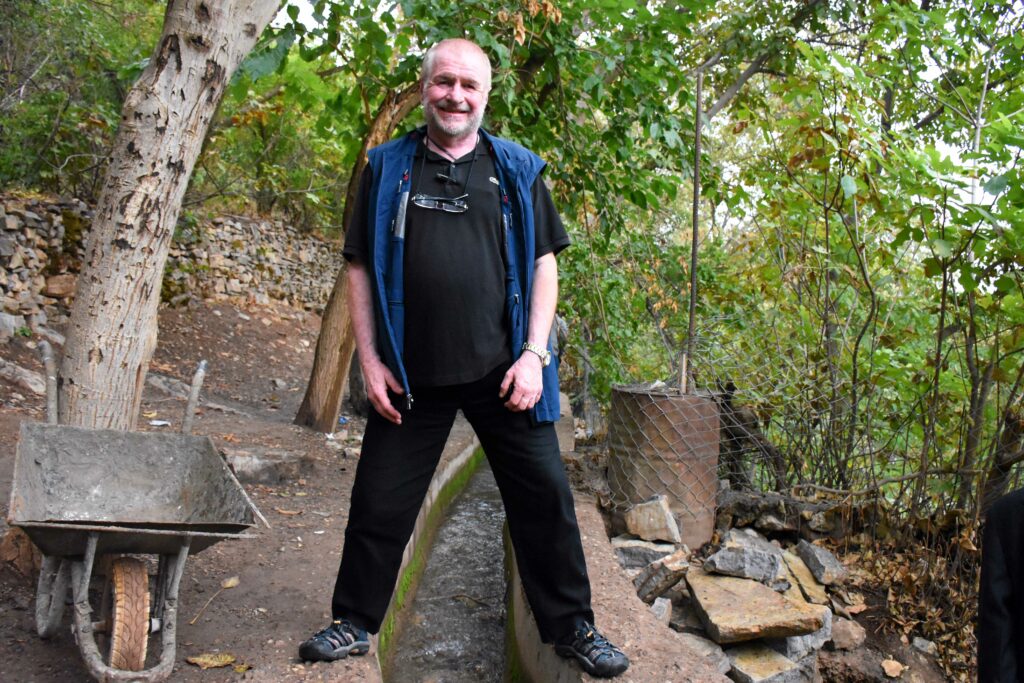
Just before sunset we make it to the Ahmad Awa waterfall and enjoy a coffee at the base. A perfect end to a confronting day.
